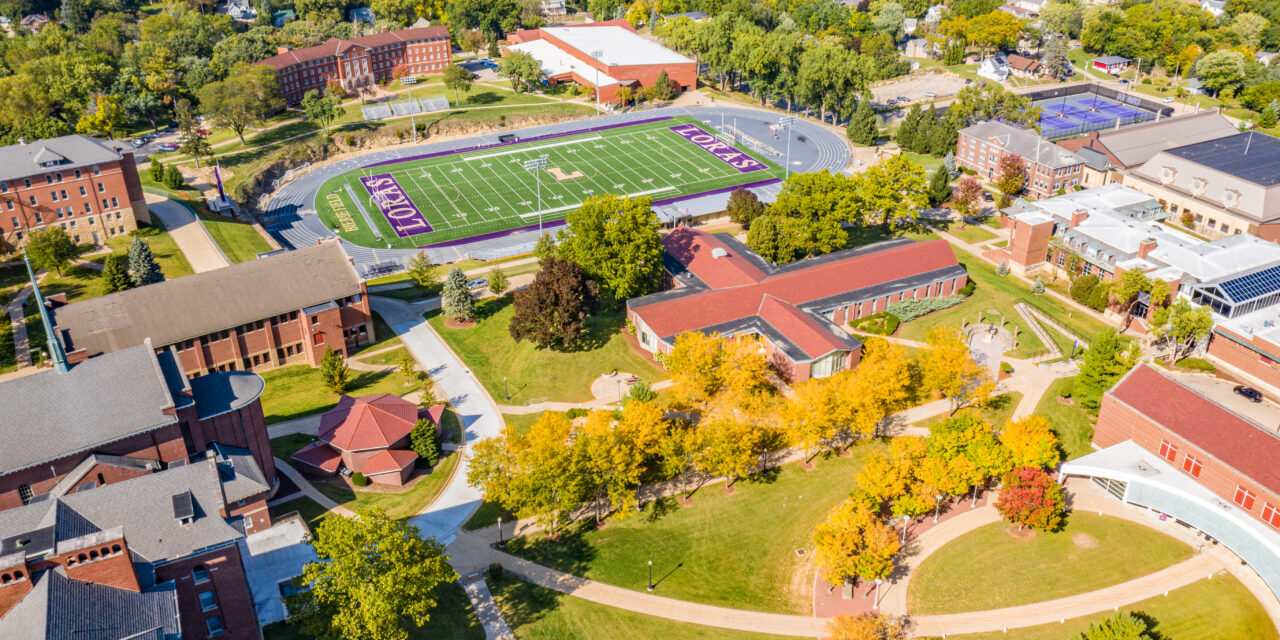As a longtime PBA enthusiast who's been following the league since the early 2000s, I've got to say the Philippine Cup always brings a special kind of excitement that's hard to match in other conferences. There's something uniquely compelling about seeing teams compete using only homegrown talent without imports, revealing the true depth of Filipino basketball prowess. The 2024 season promises to be particularly thrilling with the complete schedule now available, running from February to May with 31 elimination round games followed by quarterfinals, semifinals, and the championship series that typically extends through early June if it goes the full seven games.
I've always believed that the Philippine Cup separates the truly great franchises from the merely good ones, and this year's lineup has me particularly excited about several matchups. The opening week features a rematch of last season's semifinalists right out of the gate, which I think is brilliant scheduling because it immediately establishes the competitive hierarchy. What many casual fans might not realize is how grueling the All-Filipino conference schedule can be - teams often play three games in eight days, testing not just skill but endurance and roster depth in ways that the import-laden conferences never quite manage.
Speaking of roster depth, the recent developments at Benilde have caught my attention, especially with 6-foot-6 Liwag joining the elite squad after his phenomenal Season 100 performance. Having watched his development over the past three seasons, I can confidently say we're witnessing the emergence of one of the most complete big men in recent PBA history. The fact that he clinched both the MVP award and Defensive Player of the Year honor while anchoring Benilde into another Finals appearance speaks volumes about his two-way impact. From my perspective, what makes Liwag special isn't just his statistical production - it's his basketball IQ and how he elevates his teammates' performance during crucial moments.
The mid-season matchups in March are where I expect the playoff picture to really take shape, particularly the back-to-back games between traditional rivals. Having attended these games live for the past decade, I can tell you that the atmosphere during these rivalry games is electric in a way that television simply cannot capture. The data from previous seasons shows that teams winning at least 65% of their March games have made the semifinals 82% of the time over the past five years, which underscores how critical this period is for championship aspirations.
What fascinates me about the Philippine Cup schedule is how it creates natural storylines throughout the season. The April matchups, for instance, often feature teams fighting for playoff positioning, and I've noticed these games tend to have a different intensity compared to the early season contests. The league office has done an excellent job this year creating compelling television windows with prime-time Saturday games that should deliver strong ratings, especially with the improved streaming options that have brought in younger demographics.
As we look toward the playoff schedule in May, I'm particularly intrigued by how the quarterfinal format - which uses a twice-to-beat advantage for higher seeds - creates potential upsets that become instant classics. In my experience covering the league, these knockout games produce the most memorable moments that fans discuss for years. The semifinal round typically follows a best-of-seven format starting around May 15th based on previous seasons, though the exact dates won't be finalized until the quarterfinals conclude.
The championship series itself represents the pinnacle of Philippine basketball, and having attended seven of these finals over the years, I can attest to the incredible atmosphere that develops over the two-week span. The scheduling typically spaces games two to three days apart, allowing for strategic adjustments that make coaching such a critical factor. From my perspective, this rhythm of games creates a beautiful chess match aspect that you don't get in other conferences where imports can sometimes dominate the narrative.
Reflecting on Liwag's impact, I believe his presence could significantly alter the championship landscape this season. Having watched him develop his game since his rookie year, what impresses me most is how he's expanded his offensive repertoire while maintaining his defensive intensity. The statistics from Season 100 show he averaged 18.7 points, 11.2 rebounds, and 2.8 blocks per game while shooting 54% from the field - numbers that place him among the most efficient big men in recent memory. His ability to anchor both the offense and defense makes his team instant contenders, in my opinion.
The beauty of the Philippine Cup schedule is how it allows these narratives to unfold naturally over several months, giving teams time to develop chemistry and overcome adversity. As someone who's studied basketball scheduling patterns across different leagues, I appreciate how the PBA structures its calendar to build momentum toward the playoffs while giving each matchup proper significance. The 31-game elimination round might seem lengthy to some, but I've found it necessary to properly separate the truly elite teams from the pack.
Looking at the complete picture, I'm convinced this year's Philippine Cup could be one of the most competitive in recent memory, with at least six teams having legitimate championship aspirations based on their roster construction and early-season form. The schedule provides plenty of compelling matchups that should keep fans engaged throughout the four-month journey, culminating in what I anticipate will be a thrilling finals series that goes at least six games. Having followed the league through multiple eras, I can confidently say that the All-Filipino conference remains the purest test of basketball excellence in the country, and this year's edition appears poised to deliver exceptional quality from opening tip to final buzzer.




